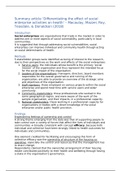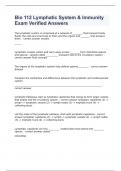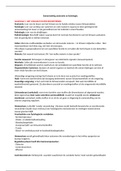Samenvatting
Summary article Macaulay, Mazzei, Roy, Teasdale, & Donaldson (2018)
- Instelling
- Wageningen University (WUR)
- Boek
- Health Inequality
Summary of the article ‘Differentiating the effect of social enterprise activities on health' by Macaulay et al. (2018). This is reading material for week 4 of the course Advances in Health and Society at WUR, which is one of the compulsory courses in period 1 of the master MHS.
[Meer zien]








